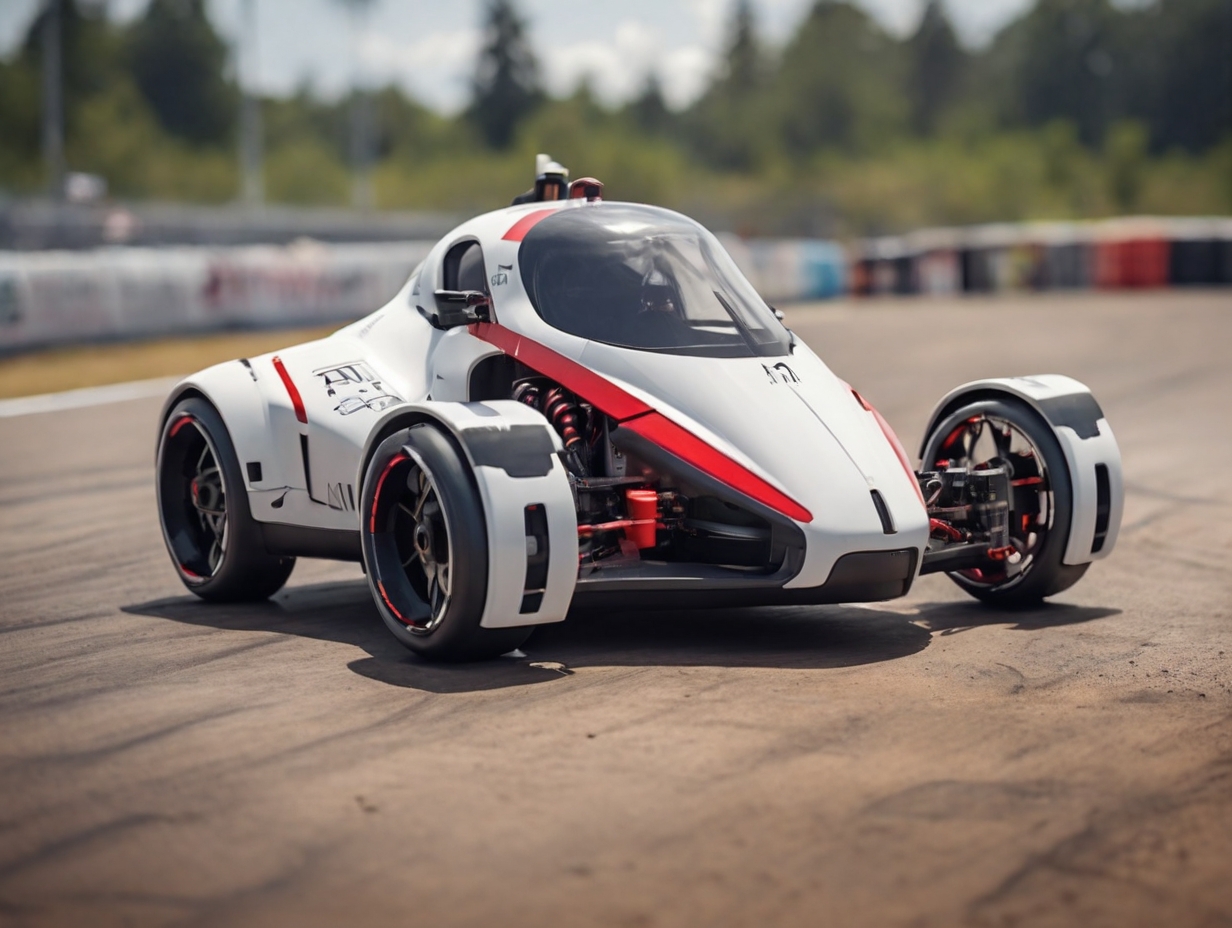Autonomous racing emerges as a revolutionary frontier in artificial intelligence and robotics, where high-speed competition not only exhilarates but also drives technological innovation. Racing sans human drivers is no longer a futuristic fantasy but a tangible reality, showcasing the prowess of AI-controlled vehicles. Spearheading this movement is the Cavalier Autonomous Racing team at the University of Virginia, led by a distinguished computer science professor.
From concept to competition: The journey of autonomous racing
The inception of autonomous racing traces back to miniature cars at robotics conferences, evolving into full-scale Indy race cars competing at renowned circuits like the Indianapolis Motor Speedway. Relentless research and collaboration across international teams propelled the transition from small-scale models to high-speed prototypes. The Indy Autonomous Challenge serves as a global stage for universities to showcase the capabilities of their autonomous vehicles, pushing the boundaries of AI and robotics.
A pivotal milestone in the evolution of autonomous racing is the development of the F1tenth platform. This miniature autonomous race car is both a research tool and an educational resource. With over 70 institutions worldwide utilizing this platform, the F1tenth Autonomous Racing Grand Prix has become a premier event at robotics conferences. Here, teams compete in a battle of algorithms, demonstrating the efficacy of AI in controlling identical hardware and sensors-equipped vehicles.
Challenges and innovations in autonomous racing
The grit and precision demanded by autonomous racing underscore the complexity of AI-driven decision-making in high-speed environments. Researchers grapple with the nuances of machine perception, safe maneuvering, and real-time decision-making, utilizing data from cameras, radar, and lidar to navigate the racing landscape. The margin for error is minimal, requiring a meticulous understanding of vehicle dynamics, aerodynamics, and control systems.
Beyond the adrenaline rush of competition, autonomous racing serves as a critical research frontier, shaping the trajectory of autonomous vehicle technology. The open sharing of datasets fosters collaboration and accelerates innovation, propelling the development of AI algorithms that could redefine the future of transportation. As autonomous systems master extreme racing conditions, they inherently enhance safety and reliability in everyday traffic scenarios.
In autonomous racing, competition fuels innovation, collaboration drives growth, and AI-controlled cars race toward a safer future on the streets. As universities and research institutions continue to push the boundaries of AI and robotics, the journey toward fully autonomous vehicles gains momentum. With each daring maneuver on the racetrack, autonomous racing charts a course toward safer roads and a transformative era in transportation technology.





